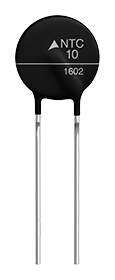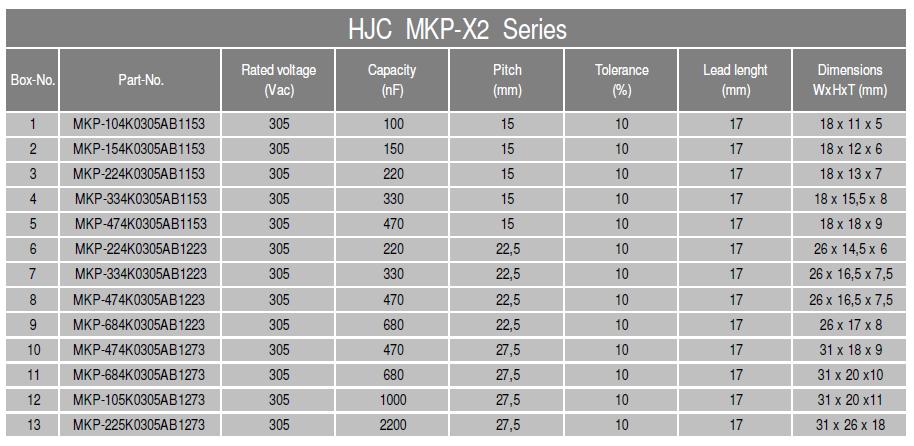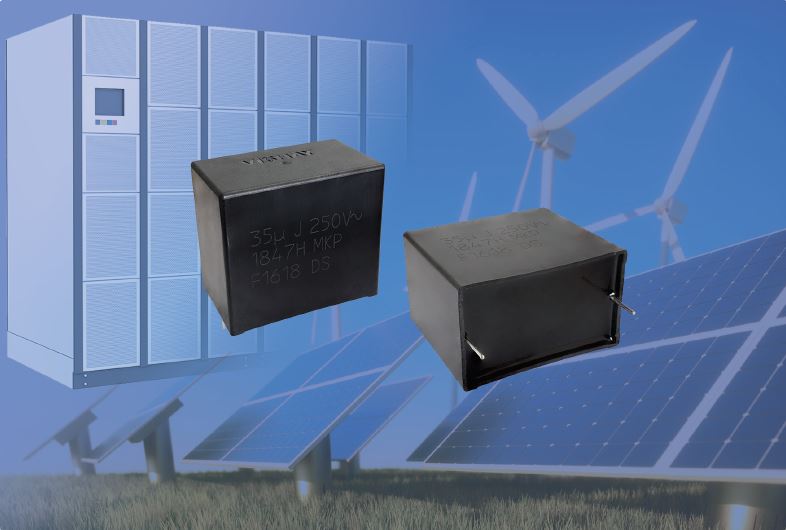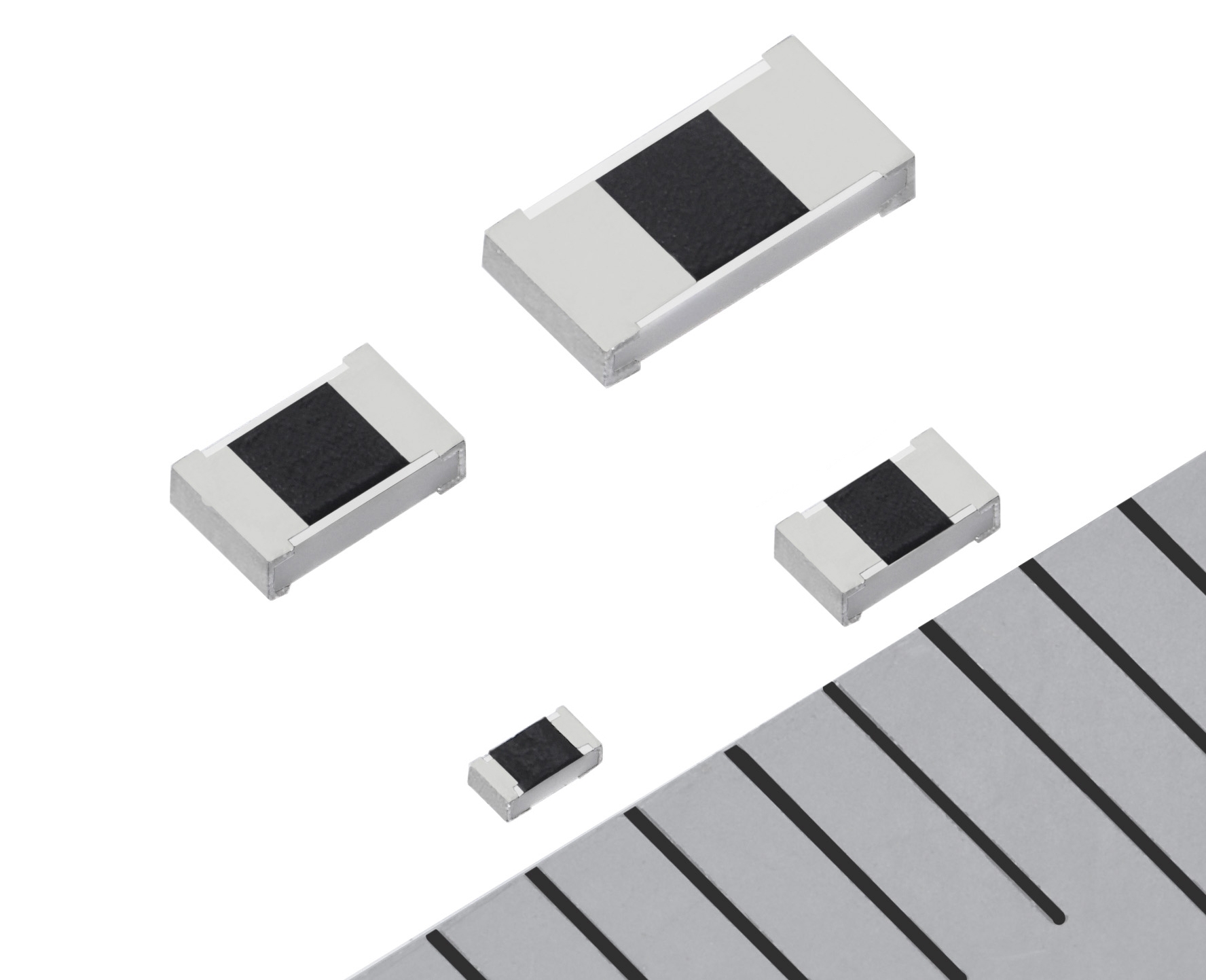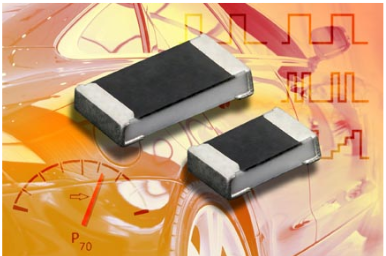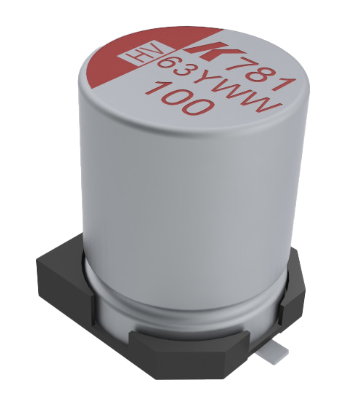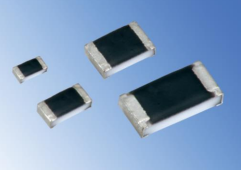Inrush current limiters: Combined current control
When high power loads such as power supplies, frequency converters or on-board chargers are powered up, currents that can be many times the rated current occur for a short period. This can result in undesirable effects, such as the tripping of fuses, or even damage to the system.
Two types of load in particular are responsible for high inrush currents: On the one hand, inductive loads such as motors and transformers require very high currents in order to create the magnetic fields. On the other hand, there are high-capacitance capacitors in DC links, which cause very high charging currents at the moment of connection, which represents a considerable stress factor for the capacitors themselves, as well as for the rectifiers.
The simplest way is for inrush currents to be limited using low-ohmic power resistors, with the disadvantage that in normal mode a power loss occurs at these resistors that should not to be ignored. A considerably better solution is the use of thermistors in their function as ICLs. NTC or PTC thermistors, which exhibit different thermal characteristics and thus offer different possibilities for use, are used for this purpose. One way of exploiting all the benefits of these components is to use them in combination.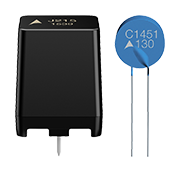
Go to the new article here in the Tech Library to learn more about how EPCOS ICLs can be used to protect components, avoid the unintentional tripping of supply-side or device-internal fuses, and reliably limit currents in the event of short-circuits in the DC link.

